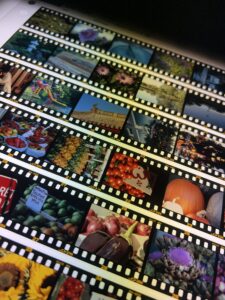From Soke Engineering: Knokke The New Era of Film Scanning.

The very short version: a new 35 mm film scanner with roll feed, not unlike the Pakon. But with modern parts, repairability, and open-source software to drive it. The software part is not negligible. You cannot use a Pakon without installing the software on obsolete Microsoft malware. Same for the very expensive Fujifilm Frontier, for for Nikon or any other vendor from decades ago. And without the software they are expensive bricks.
Their target price is €999 at launch, later €1599 (I do have questions). With an intent to scan a roll in 5 minutes at a resolution of 4064 dpi.
It’s still in a state of development, with a Kickstarter planned for Q1 2026, so it’s not available soon yet. But it’s good to see a renewed interest in that niche of equipment that the previous manufacturers have abandoned with their software no one can fix and that doesn’t run on modern computers.
I’ll make sure to post an update.